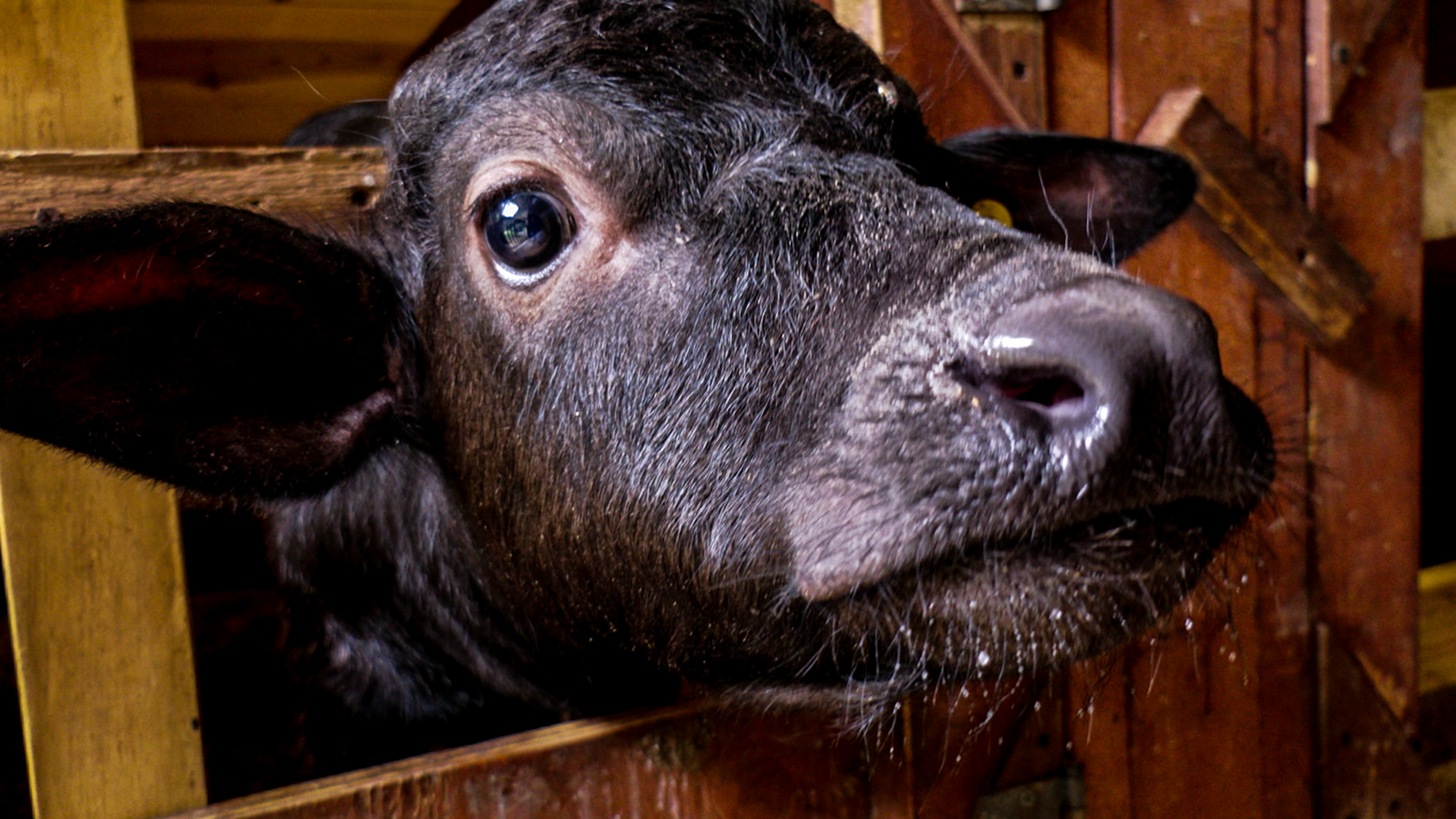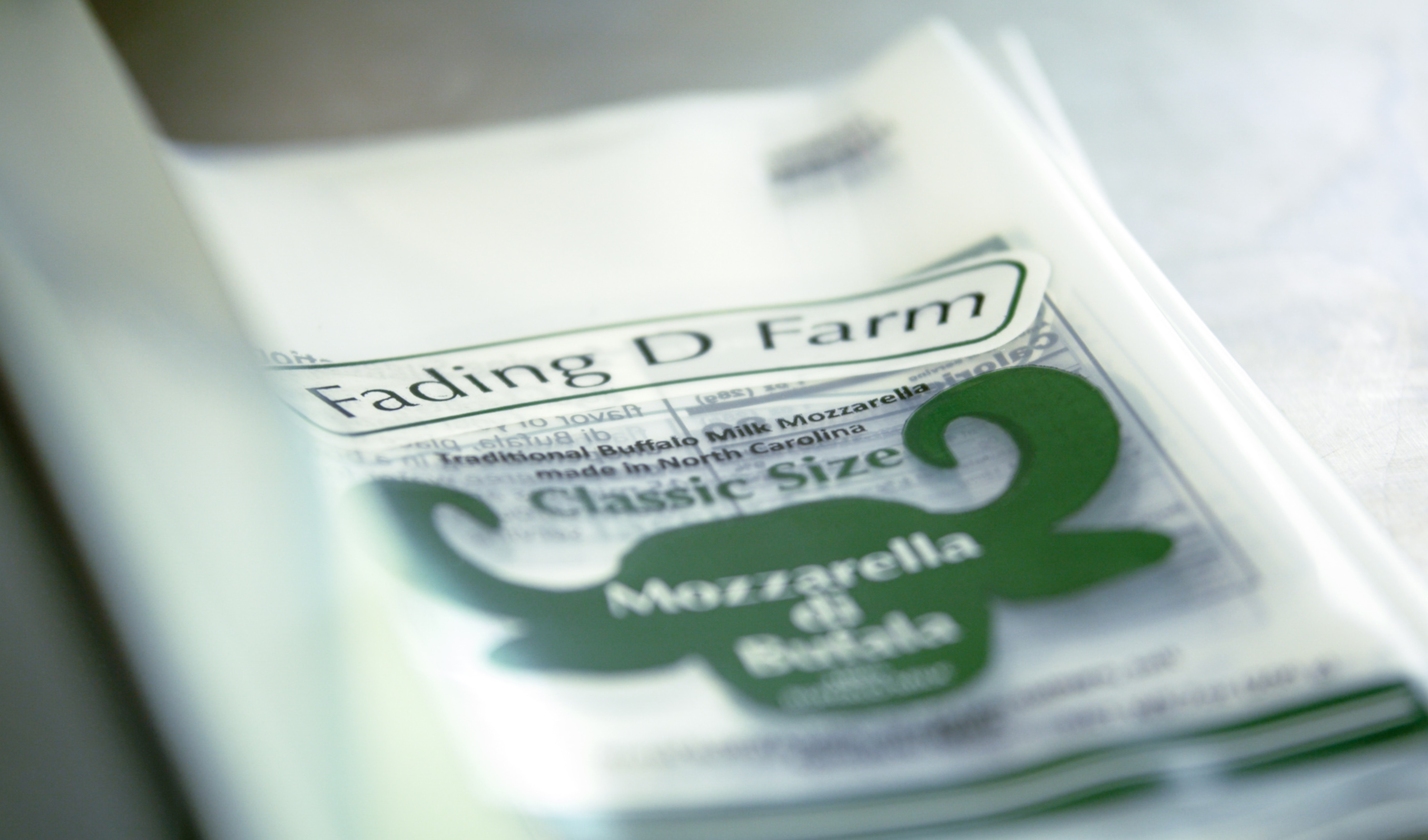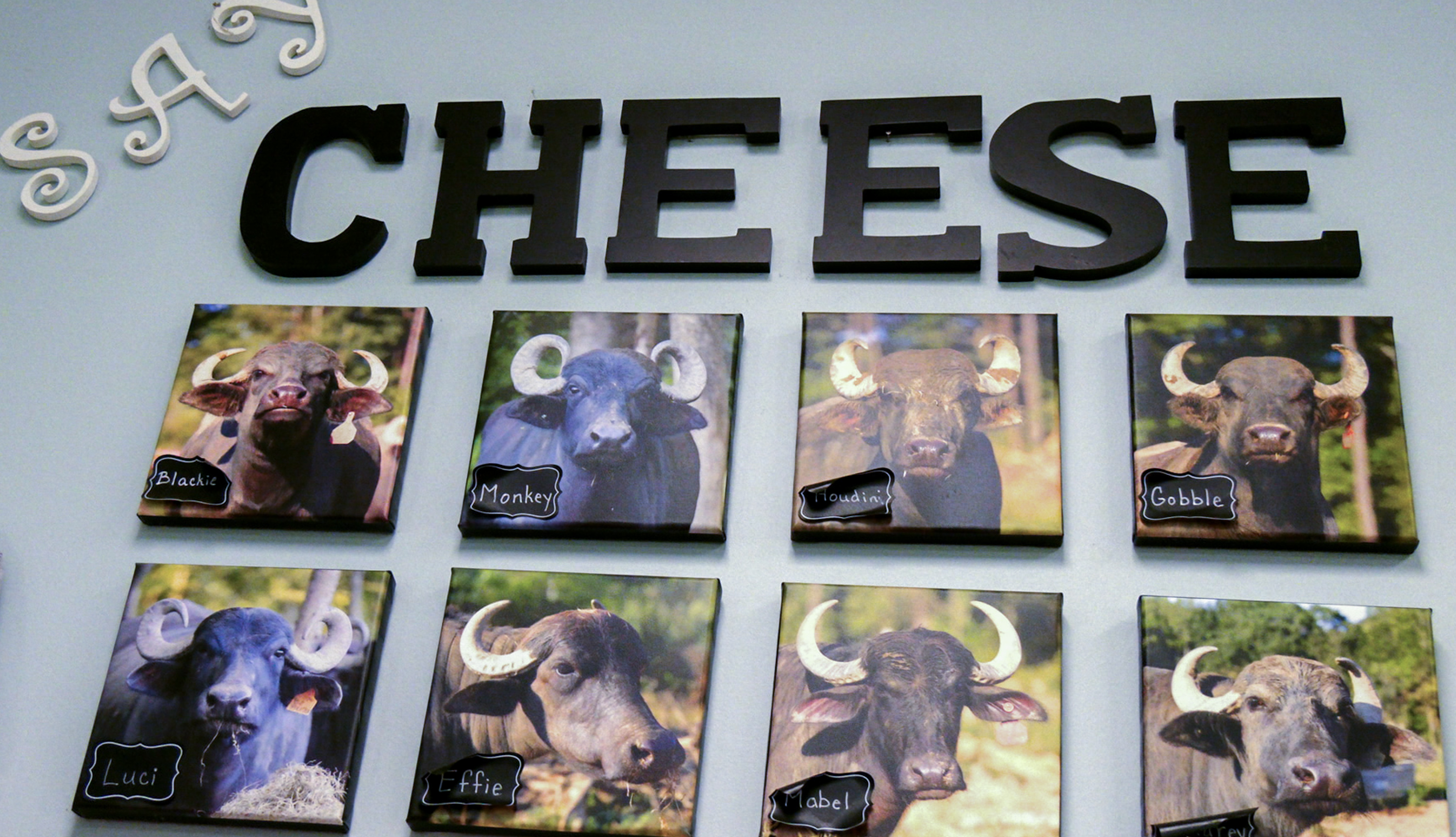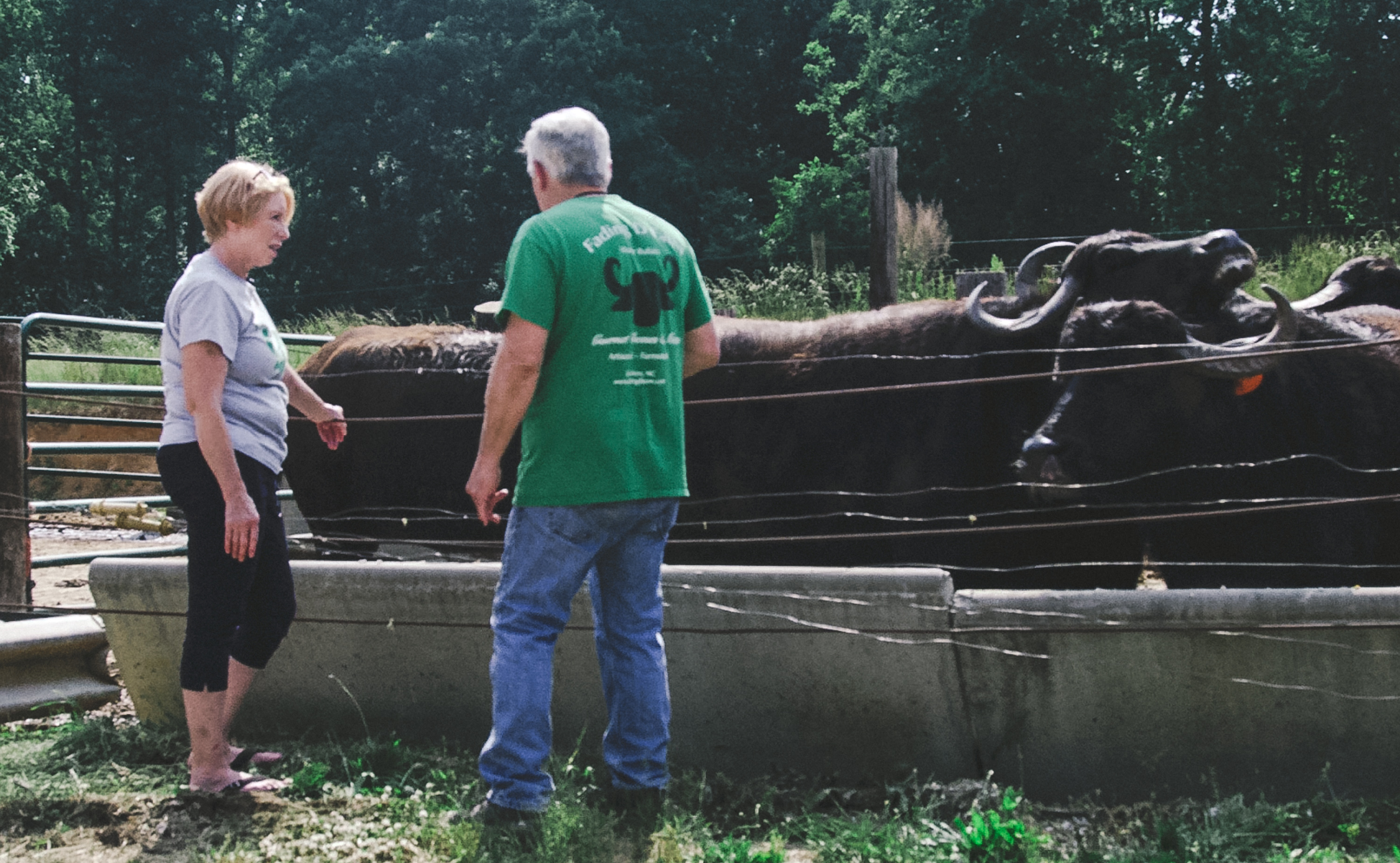Did you know that real mozzarella cheese is made from water buffalo milk?

Salisbury, NC -- "This is the original mozzarella, and it can only be made with buffalo milk," says Fading D Farm co-owner David DiLoreto. Along with his wife, Faythe DiLoreto, they've been operating their Italian Mediterranean Buffalo creamery since January 2016. Not to be confused with the American bison, their 64-acre Rowan County-based water buffalo farm is one of only a handful in North America.
Their love of traditional mozzarella began in 2011 after a family trip to their ancestral home in Italy. Upon their return to the States, they discovered that there were only five producers of the cheese in the country and none remotely close to North Carolina. Since mozzarella di bufala, as it's known in Italy, is intended to be consumed fresh, they were unable to find the cheese they came to love. Undeterred, they decided they would make it themselves. With their kids leaving home and the couple seeking a new way to spend time together, the DiLoretos began what would become their life as cheesemakers.
While mozzarella in the United States is almost exclusively made using cow's milk, this cheese is still produced nationwide in Italy using Italian buffalo dairy. Indeed, if you were to buy what we know in America to be mozzarella, in Europe it would be sold as fior di latte. This is because in the European Union the word mozzarella can only be used if the cheese is made with buffalo milk.
As David DiLoreto explains, American-made mozzarella is a misnomer: "Mozzarella originated in southern Italy, when those Italians started milking those buffalo and making cheese from it ... only centuries later when mozzarella became well-loved, (did) people start making it from cow's milk."
Mozzarella may be the focus for this couple, but they produce a whole assortment of products from their buffalo herd, including gelato, butter, soap, meat, and most importantly, milk. Not only is it the basis for most of their products, but buffalo milk has also been recognized as being sweeter than cow's milk and easier to digest. However, if you ask the DiLoretos, its most distinguishing factor is the difference in flavor. While your average cow's milk may only contain 3 to 4 percent butterfat, their notably thicker buffalo milk is upward of 8 to 11 percent.
For these relatively new farmers, one of the biggest rewards is being able to introduce their love of real mozzarella to a public that seldom gets to experience the real thing. As David DiLoreto put it, "It's gratifying, you get a great product out, (and) you get people who come and try your product and are happy with it -- that's the gratification."











